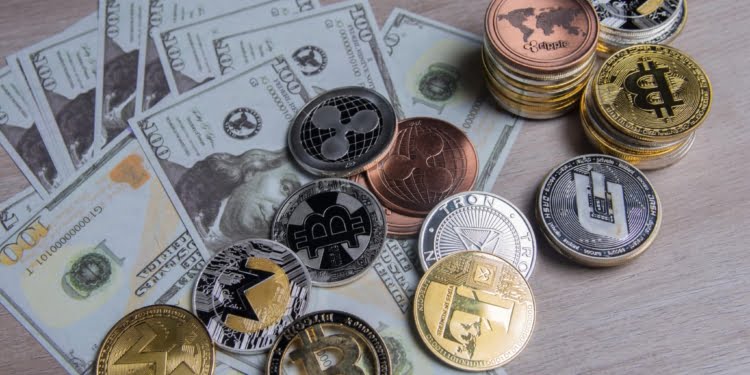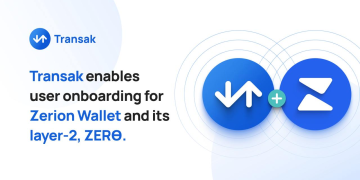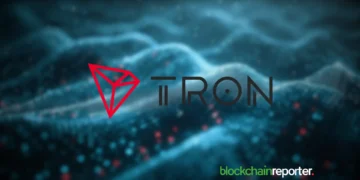Stablecoins have immensely grown in popularity over the years. It is because they give users unique benefits of blockchain technology, including privacy and decentralization and, at the same time, stability. Utilizing another reserve or collateral can carry more value and remain volatile-free compared to other cryptos.
A stablecoin is a cryptocurrency tied to an underlying asset such as the U.S. dollar or gold, making them stable. Other cryptocurrencies such as Bitcoin and Ethereum are highly volatile, and their prices shift unpredictably.
The stablecoin market cap has grown to surpass $120 B, and the market has no signs of slowing down any time soon. Here are the stablecoins you should look out for in 2021:
Tether
Tether is a stablecoin whose value is pegged to the U.S. dollar making its value $1. At the same time, it does not mean that it is not a peer-to-peer blockchain and open-source cryptocurrency.
Being a combination of the power of science and academia, Tether is not affected a lot by market fluctuations. Also, it is pretty easy to exchange the Tether to USD when carrying out transactions hence speeding up the process.
Based on experts’ predictions, they believe that Tether will grow in the coming 3 to 5 years bringing in good returns. It makes it a profitable long-term investment. Tether ranks first among stablecoins and is trading at $1.00 with a market cap of $65.53 billion.
Paxos Dollar (USDP)
Recently, Paxos renamed its Paxos standard stablecoin as Pax Dollar (USDP). The reason behind the change was that the USDP ticker would identify the stablecoin more as the U.S.-backed dollar.
PAX operates on the Ethereum network. It is known as one of the best fiat-backed stablecoins in minimizing cross-border transaction fees. USDP reserves are held 100% in cash and cash equivalents. The stablecoin currently has a market cap of $945.74 million and is trading at $0.9999.
USD Coin (USDC)
USDC has been operating on the Ethereum blockchain for the longest time, but it expanded to Solana and Algorand blockchains. Its regulations come from the Centre consortium, backed by real-world assets.
In a four-round investment series, Circle, behind it, received over the U.S. $135 million in venture capital from 2013 to 2016. Its uniqueness comes from more advanced transparent and audit processes. It is also reliable and swift, and both of these allow it to remain popular for investors.
Currently, it has a price of $0.9999 with a market cap of $27.02B.
Binance USD (BUSD)
BinanceUSD is a stablecoin backed fully by U.S. dollars and approved by the New State Department of Financial Services(NYDFS). With Binance USD, you get faster methods for exchange.
It also helps with trading fees on Binance, hence a different use case than other stablecoins. What it means is that buying BUSD makes purchasing other assets on the platform cheaper. There are a lot of discounts that come with this providence.
Notably, Binance has also added staking support whereby you can earn interest on the crypto that you hold if you want to.
Currently, it is trading at $1.00 with a market capitalization of $5.95 billion.
TrueUSD (TUSD)
TrueUSD is a traditional stablecoin tied to the U.S. dollar and marked as a direct competitor to Tether. It is also one of the most liquid stablecoins on the market.
The coin has relatively low transaction fees compared to other stablecoins. It also has higher interest rates on stored balances than most stablecoins.
TrustToken, the company behind the stablecoin, also has other major currencies such as TrueAUD, TrueGBP, and TrueHKD.
DAI
DAI is a stablecoin pegged to the U.S. dollar and created by the MakerDAO platform.
MakerDAO utilizes DAI to allow users to lend and borrow funds on its platform. It is also Ethereum compatible, which makes it quite attractive to users. Different developers can utilize the DAI ecosystem to come up with unique apps. Due to this, DAI presents itself with unlimited potential.
Today, Dai leverages over 400 DeFi apps. One of Dai’s main applications is liquidating numerous DeFi initiatives, such as decentralized trading (Uniswap). Dai owners are encouraged to lock their assets in liquidity pools, then in exchange for creating a market, by receiving a trading fee for it.
Stablecoins are the Future of Finance
Stablecoins might be the future of finance and transactions in the long run. Here’s why:
Low Volatility
Almost without saying, this is, nevertheless, a significant benefit, the lower price volatility combined with stablecoins, which will remain of particular and institutional value. The importance of pricing discovery processes for Bitcoin is impossible to overestimate for both present owners and those who want to incorporate bitcoin and other cryptos in the broader financial system.
While bitcoin will play an essential part in the crypto market, other new applications—such as stablecoins—look better placed to push forward blockchain and crypto adoption.
The Inventiveness of Crypto
Bitcoin hasn’t played a vital part in building out some more current applications for all creatures unleashed in general. In other words, the decentralized finance and non-fungible tokens are not so near to bitcoin as to stablecoins and other newer cryptocurrencies. They are not as tightly associated with bitcoin.
Stablecoins are increasingly looking for the foundation for new cryptography and blockchain applications, especially since they are the least volatile option.
Conclusion
Several additional stablecoins are on the market – some worth checking. The seven listed above, however, are the top-rated projects. Each has a unique use and a bright future.
Crypto applications and cases continue to evolve and grow in ways that no one could not predict even a few years ago. That said, folks can ultimately realize the initial crypto promise as one of the most exciting news stories and headlines associated with blockchain and crypto. Stablecoins, underlined by Visa’s recent trial launch, appear like the future of crypto deployment and are set to have a bright future.























